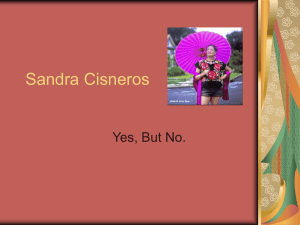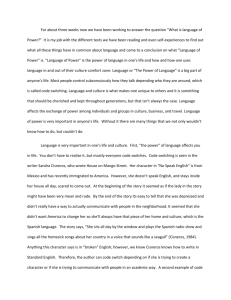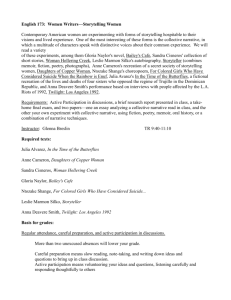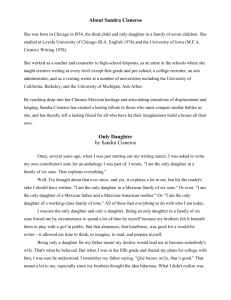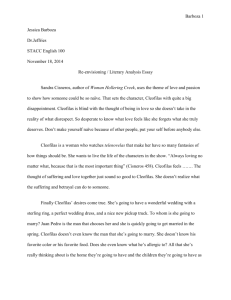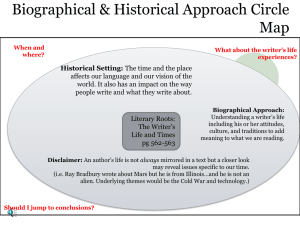EWRT 1A, J. Quigley THESIS EXAMPLES for ESSAY #1 Woman
advertisement
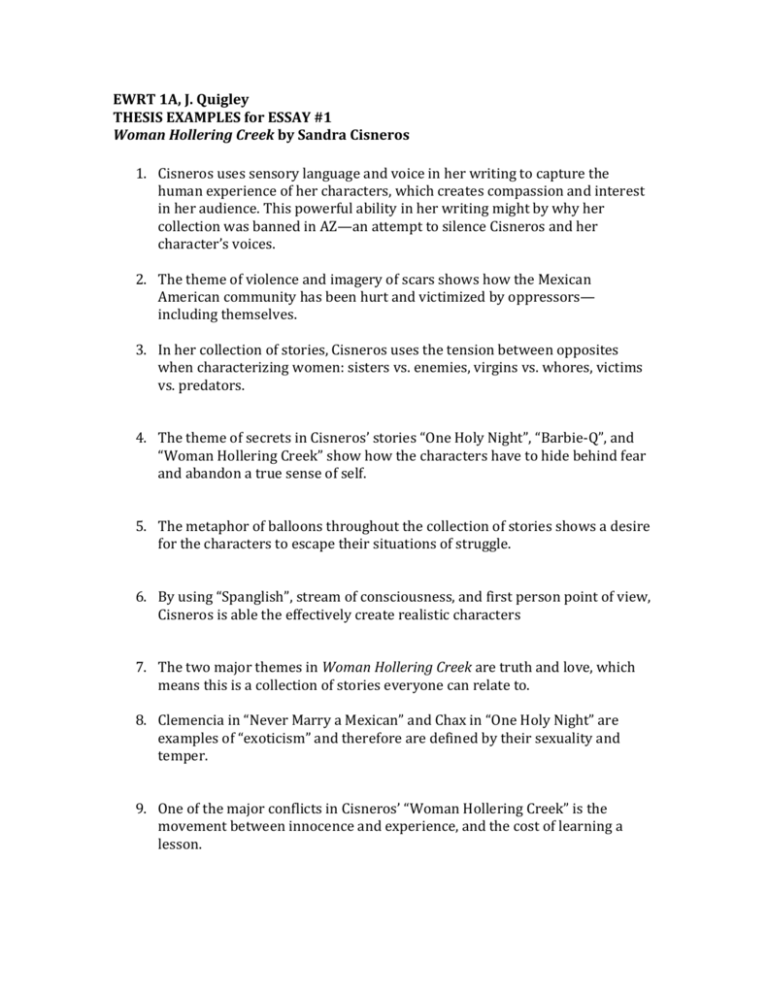
EWRT 1A, J. Quigley THESIS EXAMPLES for ESSAY #1 Woman Hollering Creek by Sandra Cisneros 1. Cisneros uses sensory language and voice in her writing to capture the human experience of her characters, which creates compassion and interest in her audience. This powerful ability in her writing might by why her collection was banned in AZ—an attempt to silence Cisneros and her character’s voices. 2. The theme of violence and imagery of scars shows how the Mexican American community has been hurt and victimized by oppressors— including themselves. 3. In her collection of stories, Cisneros uses the tension between opposites when characterizing women: sisters vs. enemies, virgins vs. whores, victims vs. predators. 4. The theme of secrets in Cisneros’ stories “One Holy Night”, “Barbie-Q”, and “Woman Hollering Creek” show how the characters have to hide behind fear and abandon a true sense of self. 5. The metaphor of balloons throughout the collection of stories shows a desire for the characters to escape their situations of struggle. 6. By using “Spanglish”, stream of consciousness, and first person point of view, Cisneros is able the effectively create realistic characters 7. The two major themes in Woman Hollering Creek are truth and love, which means this is a collection of stories everyone can relate to. 8. Clemencia in “Never Marry a Mexican” and Chax in “One Holy Night” are examples of “exoticism” and therefore are defined by their sexuality and temper. 9. One of the major conflicts in Cisneros’ “Woman Hollering Creek” is the movement between innocence and experience, and the cost of learning a lesson. 10. In Cisneros’ “Barbie-Q” through the use of metaphors, at a young age the narrator learns the costs and messages for women in a patriarchal society. 11. In Cisneros’ “My Lucy Friend Who Smells Like Corn” the child’s point of view and the use of sensory language reveals that childhood innocence is a happiness that the everyone can learn from. 12. In Cisneros’ “Salvador Come Late or Early” the use of third person narrative and metaphors reveals the isolation and pain of coming of age for boys in a machismo-driven society.
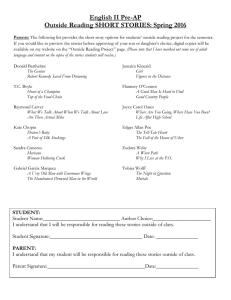
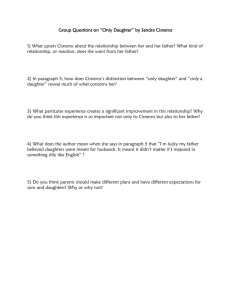
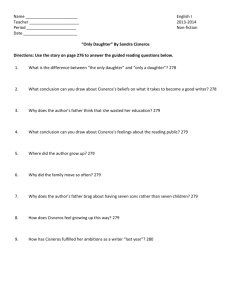

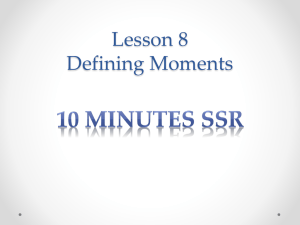
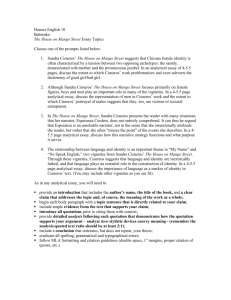
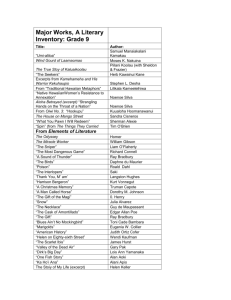

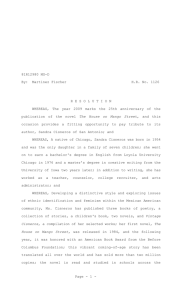

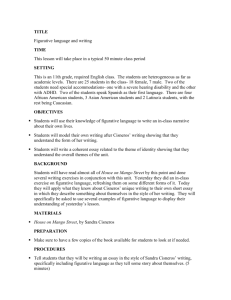
![Collection [#]](http://s3.studylib.net/store/data/008042415_1-b7651bdc7841ed796b2549a7d1d9b8d8-300x300.png)

